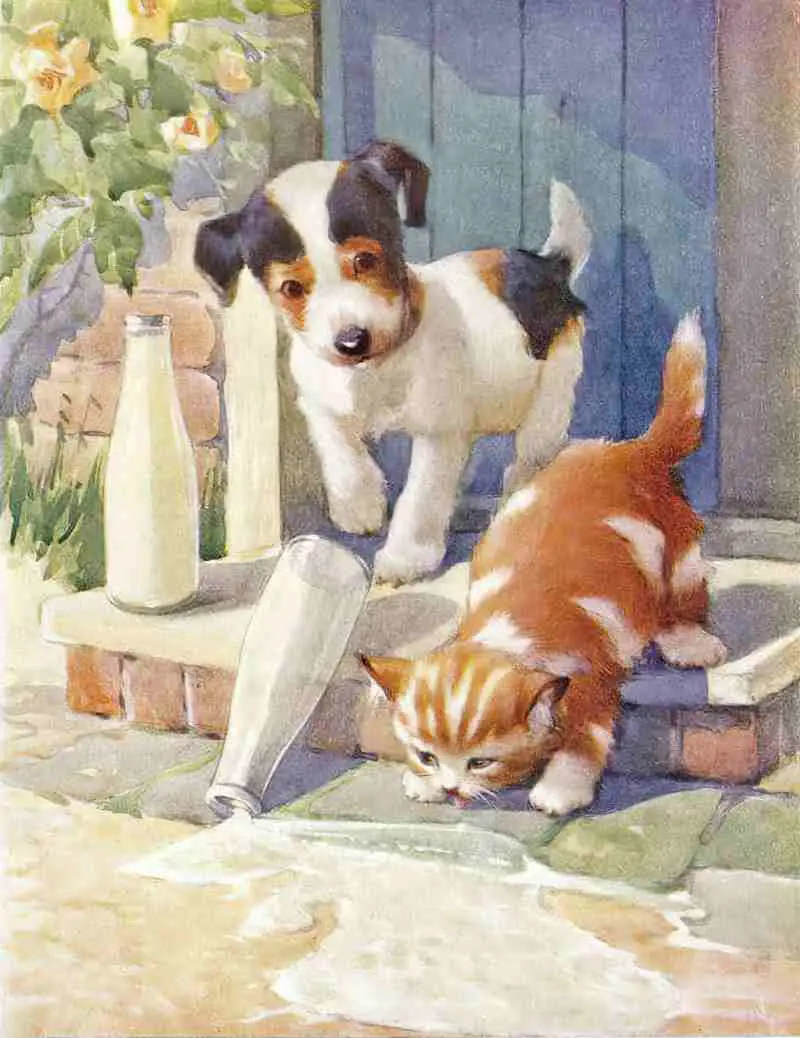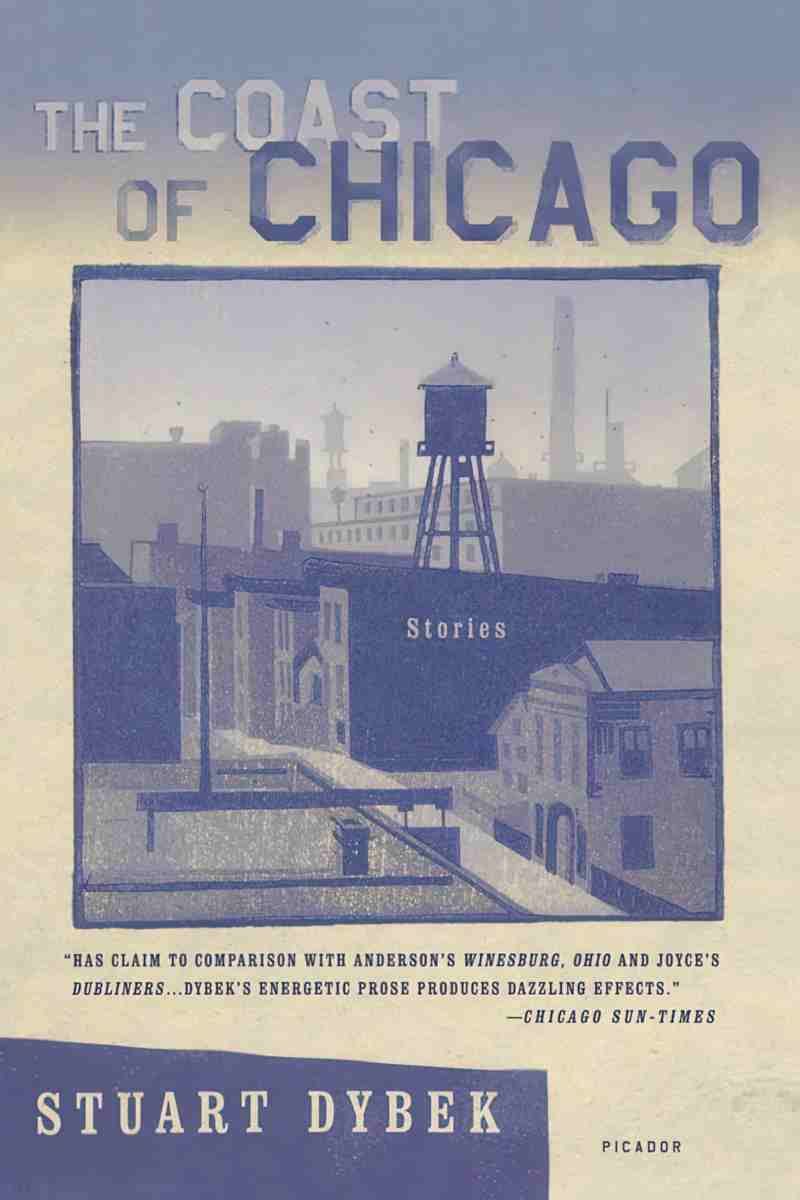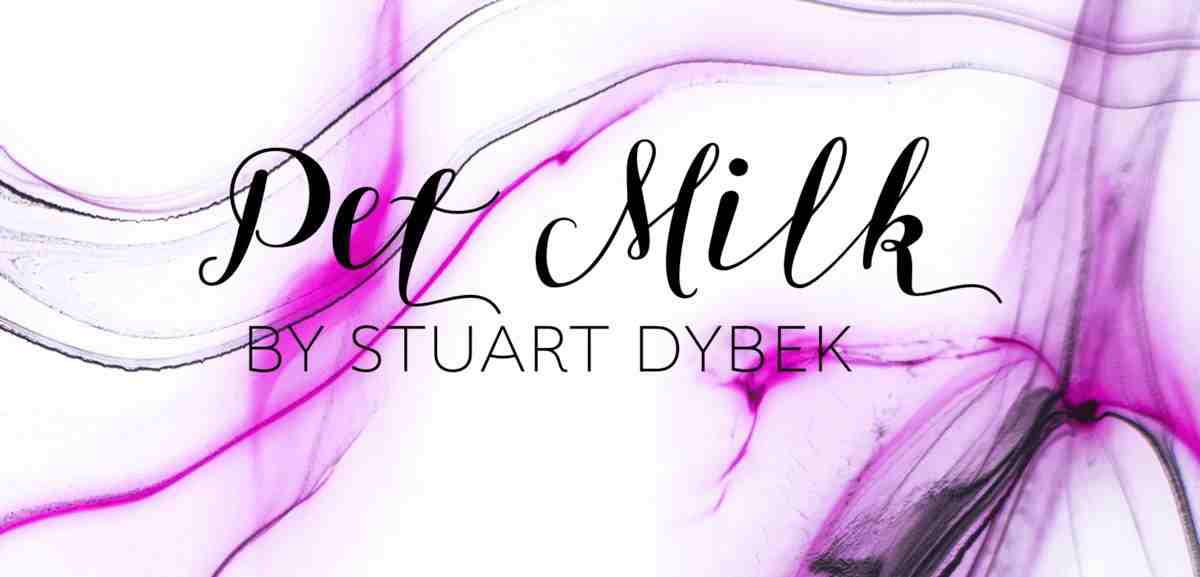“Pet Milk” by Stuart Dybek first appeared in the August 1984 edition of the New Yorker.
Jane Alison writes about “Pet Milk” in her chapter on spirals, in her book Meander, Spiral, Explode. “Pet Milk” is an example of a spiral structure. The structure of this story is part of its symbol web.
The first half of this lovely, very short story feels like dreamy memoir, but then it snaps into fictional focus. I’ve seen many people read it with delight, but recently a student said the story would be fine if Dybek just cut the first half. Yet in “Pet Milk” the first half, the memoiristic part, ferries us to the “story”: memory winds and winds until it reaches a small but marvelous moment. How, formally, memory leads to story shows interesting things about the story’s structure.
Jane Alison
PET MILK

Jane Alison also explains that Pet Milk refers to milk preserved in a can. This product was more popular in America before refrigeration.
I’m glad she told me that — we are both from a similar area originally, and I was thinking this story would be about milk you give to pets, or perhaps milk you express from your pets.
In 1923, the Helvetia Milk Condensing was renamed the Pet Milk Company after its signature product “Our Pet Evaporated Cream”.
Wikipedia
We have lots of brand names which have come to stand for the product here in Australia as well — Doona, Texta etc. The problem with brand names as proxy for products: the word doesn’t always translate well overseas, or across generations. PET milk sales peaked in 1950, apparently. I wonder if modern Americans are more likely to think of Milnot when it comes to canned milk products. (Here in Australia I think of Carnation or Nestle.)
KING ALPHONSE
The narrator and Kate go to the Pilsen often enough that a waiter, Rudi, pours them each a King Alphonse at the end of every meal: but he doesn’t like how the narrator stares at the patterns in the liqueur glass. It isn’t a microscope. Rudie says: “Drink.”
Jane Alison
I had no idea what a King Alphonse is made of, but Absolut Vodka has a YouTube video on how to make one.
SETTING
“Pet Milk” is a Chicago story — the lovers are on the El train, a.k.a. the Purple Line or the Evanston Line. The narrator is second-generation American (an annoyingly ambiguous term) with mention of his Polish grandmother. Her habit of using Pet milk as a stand-in for cream is seen as an odd quirk, possibly because of her age.

The story was published in the early 1980s, and the narrator is looking back. Perhaps this incident on the train happened in the swinging 60s. We don’t know the narrator’s name let alone how old he is at time of writing, but I’m guessing about 20 years have since passed. This is enough time for memories to start to swirl into each other, and for certain details to stand out while the ‘plot’ of events fades. For another example of how memory makes detail symbolically significant, read “What Is Remembered” by Alice Munro.
(Recent, semi-autobiographical events don’t make for good fiction. When doing writing exercises with young adult students, try to persuade them to write about an event which happened at least seven years ago. Word to the wise: tell them not to write about an injury or a birthday party, or you’ll get 30 stories about stubbed toes, broken arms and birthday presents.)
I think that the characters are fascinated with a sense of history, too. We like the story because it’s from a period outside of our own, but they’re equally obsessed with some imagined history. The narrator makes constant reference to ‘the old country’ and they play at glamor by dining in an ‘old world’ restaurant, knowing full well that they are heading towards separate but exciting futures.
There’s such a sense of history to it — either in physical objects, like his grandmother’s staticky radio, or in the city itself, which was then a mutating mishmash of working-class Polish, Irish and Mexican neighborhoods. Everything comes from somewhere and leaves a physical stamp on the city. Which says something about how the relationship he describes with Kate — it’s not something that happened over Gchat.
Bookside Table
It’s very common for short stories to include a strong sense of history. Alice Munro and Annie Proulx are experts at it, for starters. I think this emphasis on history is especially important in a short story, which can otherwise feel so fleeting and, perhaps, risks being forgettable unless the author weaves it into a bigger, more sustained picture of human history.
Dybek also expands time by reminding us that this romance was a snapshot of his past which has not continued into the present.
Even in the memory there are the constant projections to a time without her. The sense of the impermanence is part of the pleasure. He says “It was the first time I’d ever had the feeling of missing someone I was still with.” So even as it’s wrapped up in memory, it revolves around the sweetness of that first time, the sense of longing and knowing that something is ever out of reach. Like the past itself.
Bookside Table
Feeling alone when you’re with something is a very specific type of loneliness.
TRAIN SYMBOLISM
And what of the train? Why on a train? Trains are so often a metaphor for how life ploughs on, and in hindsight, events so often feel like fate. Because the extradiegetic narrator, looking back, knows that this was one part of his life, the metaphor of trains stopping at stations serve to show us how segmented life feels in hindsight. This was the period he was with this particular girlfriend, in the throes of limerance. That never lasts, and neither does a train journey.
WHAT HAPPENS IN “PET MILK”
It has been pointed out that ‘not a lot happens’.
The whole story is very short, not a great deal happens (although what happens is strangely moving) and so it’s hard to describe the plot without ruining any of its effect.
Daniel David Wallace
In a book, the story is only five-ish pages with a negligible “plot” in the traditional sense. But the scope of its effect never fails to leave me breathless, especially with the way food and memory mingle and are intertwined.
Leslie at Work in Progress
It’s important to divide this short story into two distinct parts. Jane Alison describes the transition into the second part:
[W]e slip from the dreamy, gazing zone to a single incident one evening at the Pilsen. It’s the narrator’s twenty-second birthday, and he and Kate meet for champagne and oysters; then, flushed with desire that steams from the page, they hurry from the restaurant to the El. But they can’t wait, so lock themselves in a compartment and make love.
Jane Alison
THE SYMBOL WEB OF “PET MILK”
Jane Alison does an excellent job of helping readers to look deeper for connections in a piece of work and I highly recommend her book. I had not made all of these connections between the various objects mentioned in “Pet Milk”. It’s not just about swirling, but about containment within a frame:
Look at how we got from the swirling recollections to the single moment. Rudi gives a clue when he nudges the narrator to stop gazing at patterns. Yet patterns have brought us here. We move from Pet milk swirling in coffee, to snowflakes swirling within a window frame, to voices and music swirling inside an old radio, to liqueur swirling in a glass. Always something oddly alive or motile swirling in a small enclosure. And Pet milk? It’s the streaming liquid of life, caught and conserved. These patterns have led us, via memory that’s also swirling, to the moment they sought, when Rudi says, Don’t stare, but drink life and live. And now the more vivid part of the story bears a way of reading it: through the image of swirling milk.
In scene: at the restaurant, the narrator looks at Kate’s loved, live face reflected in the glass of a painting: the two slurp oysters slushed with champagne in shells. These items, too, are kin to what’s come before: streaming milk, swirling flakes, a breathing girl’s face in a frame, fresh oysters and bubbling champagne in a shell: vitality held. One image of this contained swirling has followed another in a movement of mind that spirals: too, the roundabout motion of memory, until the narrator reaches the main moment: when he and Kate, flooded with desire, make love in a closed train compartment.
Jane Alison
FURTHER READING
- For another short story with a structure echoing its symbol web, read “See Saw” by Katherine Mansfield. The story keeps shifting its viewpoint and is structured like a see-saw.
- For a Mansfield short story about trains and limerance check out “Something Childish But Very Natural“.
- And for a Mansfield story making heavy use of the symbolism of containment, check out “Prelude“, and notice how Kezia is connected throughout the narrative to boxes and small containers.

